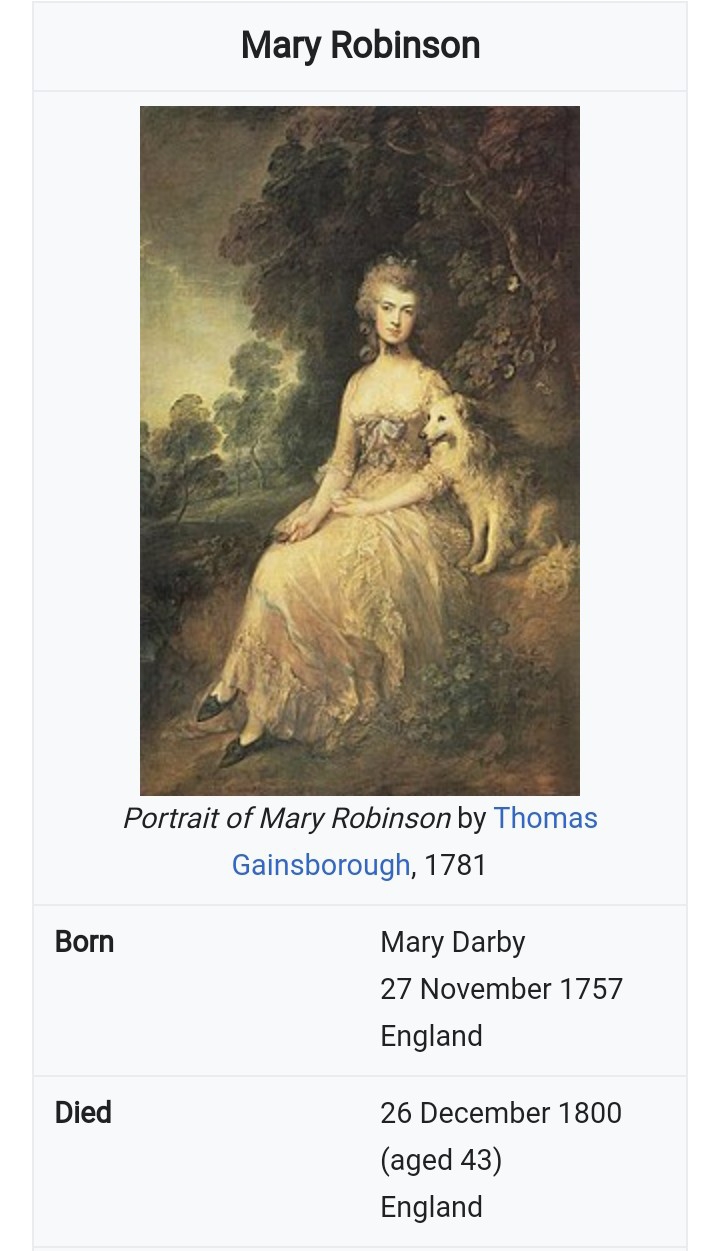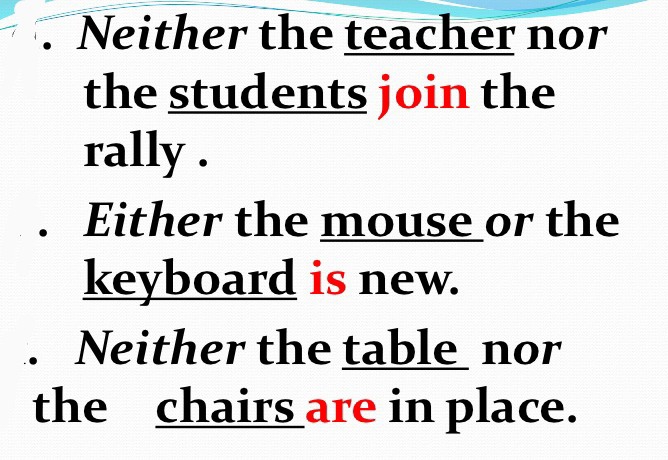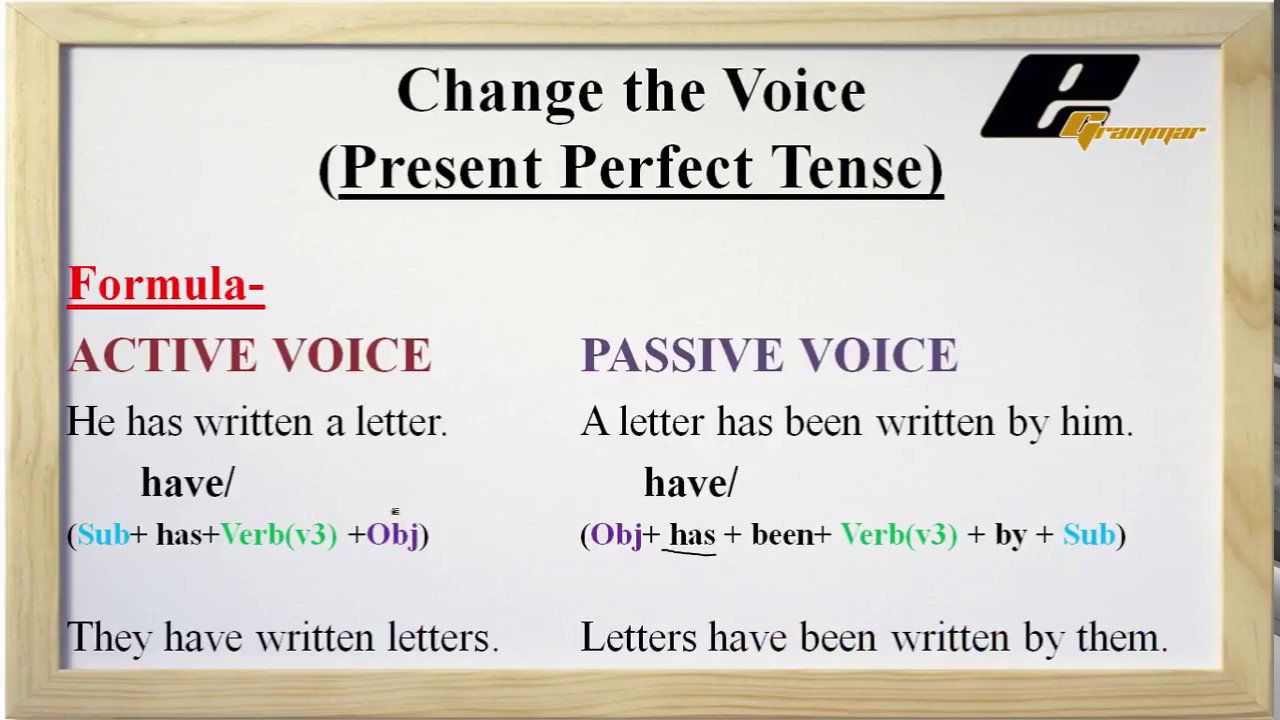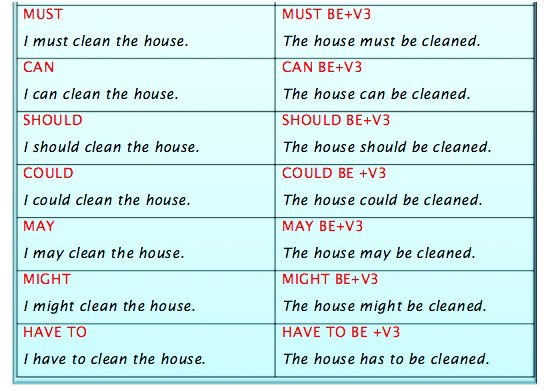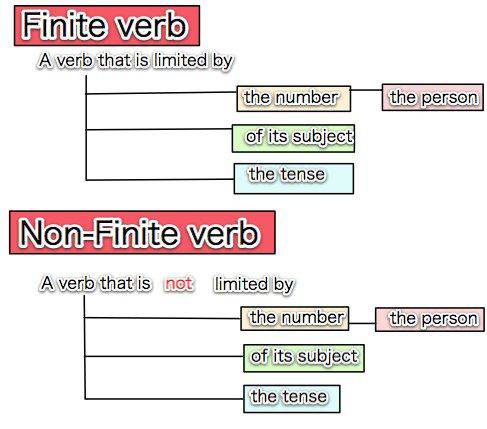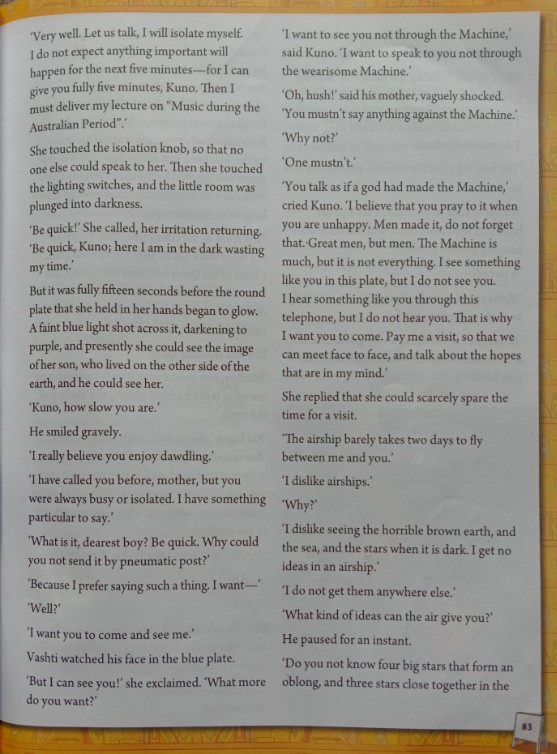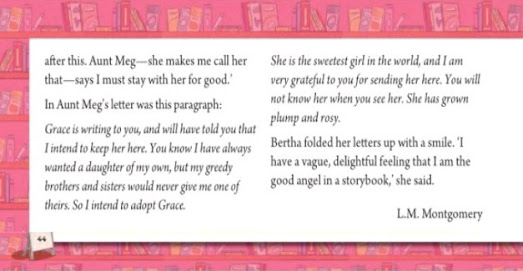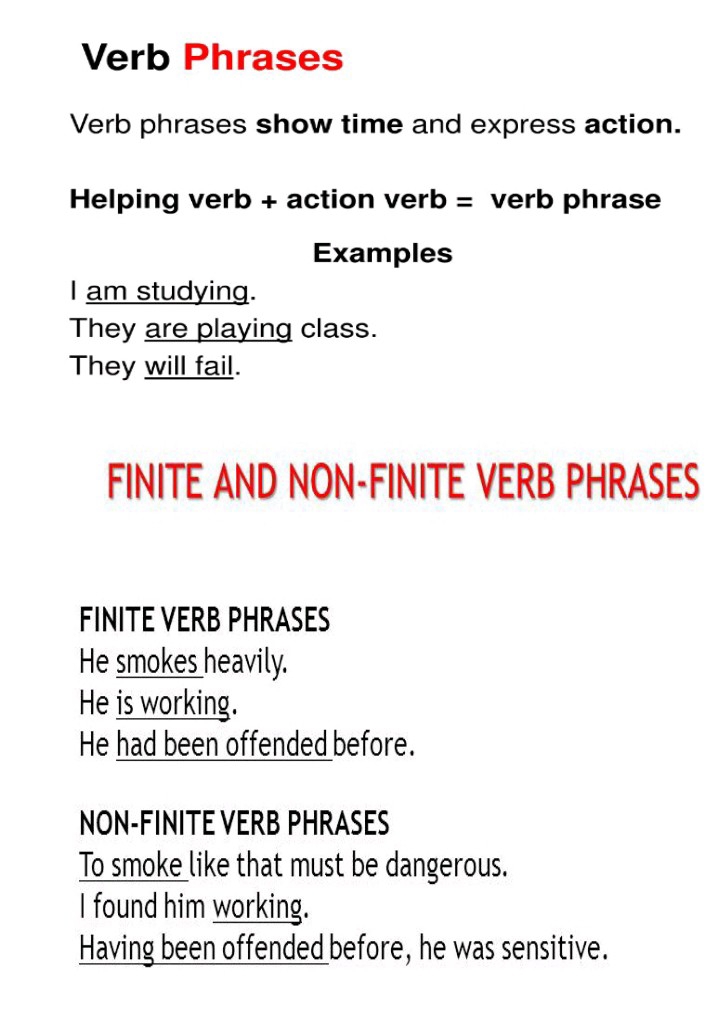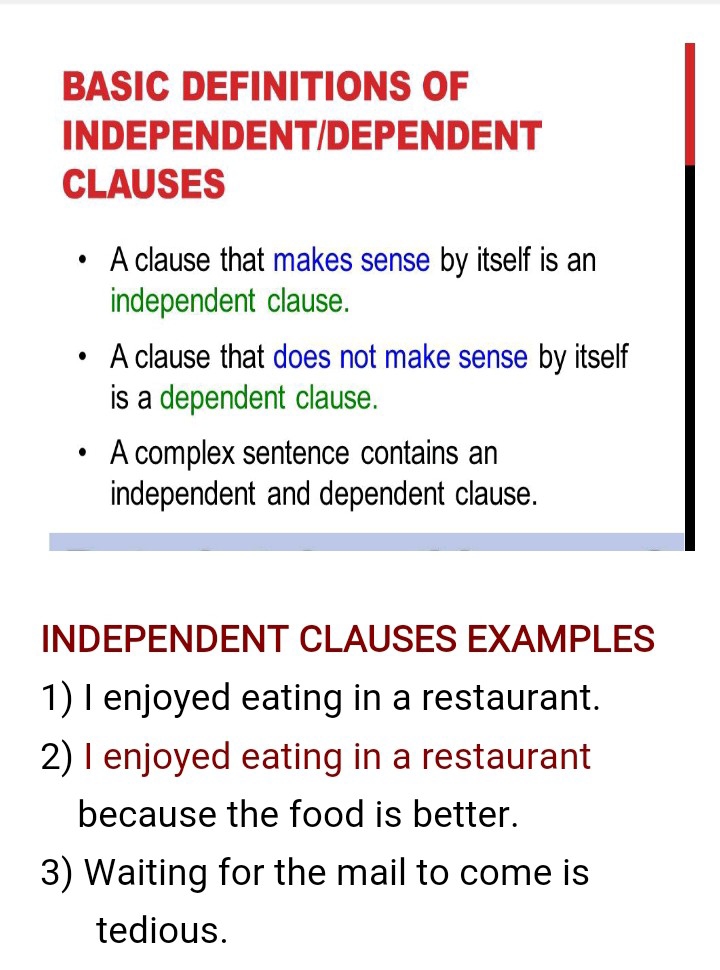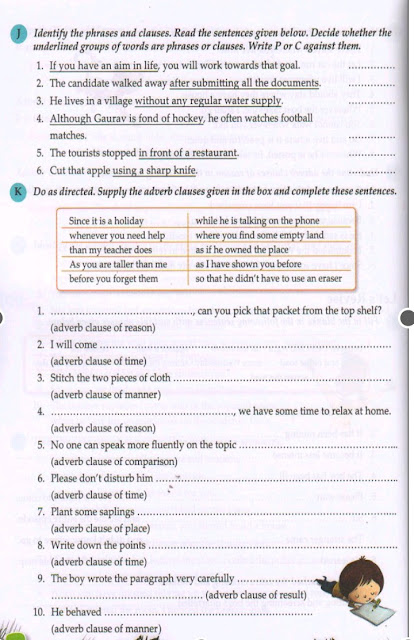
1. Informal Letters
2. Formal Letters
1. Informal Letter
Informal letters are also known as personal letters. Such types of letters are usually written to relatives, family, friends, or acquaintances. These letters may or may not have a concrete reason for writing. The aim of writing informal letters is to create a personal memoir. It need not adhere to any formalities or follow any set pattern.
The letters that follow a certain formality and set pattern are formal letters. Such letters are precise, directly addressing the concerned issue and are kept strictly professional in nature. Formal letters are short and to the point. A variety of letters that fall within the category of formal letters are –business letters,official letters,social letters,circular letters,employment letters etc.

Mary Robinson was born on 27 November 1757 in Bristol, England. She was an English actress, poet, dramatist, novelist, and celebrity figure.
In “London’s Summer Morning,” Mary Robinson contradicts the positive and negative connotations of the beauty and chaos in the typical London morning. Robinson describes the chaotic environment of the mornings in London. She introduces the poem with negative words such as, “sooty, dingy, hot, and noisy” to present a chaotic setting and give the reader a sense of the mood of the poem. However, Robinson changes her word choice to a positive mood with words such as, “cools, splendor, glittering, and gay” to present the positive aspects of the streets of London. Despite Robinson’s choice to start and end the poem with negative connotations , she has an underlying argument that explains the beautiful consumerism that takes place in the chaotic nature of the mornings in London. Robinson changes the tone of the poem by changing her word choice.

John Griffith London was born on 12th January 1876 and died on 22nd November 1916. He was an American novelist, journalist, and social activist. A pioneer of commercial fiction and American magazines, he was one of the first American authors to become an international celebrity and earn a large fortune from writing. He was also an innovator in the genre that would later become known as science fiction.His most famous works include The Call of the Wild and White Fang, both set in the Klondike Gold Rush, as well as the short stories "To Build a Fire", "An Odyssey of the North", and "Love of Life". He also wrote about the South Pacific in stories such as "The Pearls of Parlay", and "The Heathen". London was part of the radical literary group "The Crowd" in San Francisco and a passionate advocate of unionization, workers' rights, socialism, and eugenics. He wrote several works dealing with these topics, such as his dystopian novel The Iron Heel, his non-fiction exposé The People of the Abyss, War of the Classes, and Before Adam.
Keesh is the son of a well known and respected huntsman in his tribe, who died when Keesh was young. The exploits of his father was long forgotten after that. As Keesh turned 13,brimming with confidence and due to the rare amount of food gathered by the tribe, he addressed to the village elders and said that he will become a great hunter like his father. Everyone mocked him and allowed him to go off on his own. They did not expect to hear from him again. However, he returned after four days, carrying a huge amount of freshly killed meat.He said that the polar bear’s carcass laid a day’s travel from the village. Everyone was shocked of his success. However, after several hunts, everyone became skeptical of Keesh, saying that he studied witchcraft but they had no choice but to be loyal.The villagers constructed an igloo bigger than the chief’s for Keesh, which he appreciated. After several hunts, they decided to have two scouts observe Keesh.Several days later, they returned with the carcass of a polar bear. The scouts told the tale the tribal council couldn’t believe. They gathered in Keesh’s igloo and accused him of witchcraft. Keesh, however, explained the reason he was able to kill the bear. Keesh ordered the scouts to enrage the bear and follow him. He then left small balls of food on the ice, which the bear ate. The bear then became ill and deranged, which enabled Keesh to spear the animal without harming himself.

TRANSFORMATION OF SENTENCES )

1. Definition of sentences.
2. Kinds of sentences.
3. Definition of different kinds of sentences with examples.
4. Transformation of sentences
Oral, online explanation,and some writing work.
1. Definition of sentence
Transforming Exclamatory to Declarative sentence
Transforming Declarative to Interrogative sentence
 Paragraphs & Topic Sentences
Paragraphs & Topic Sentences- One popular sport is snowboarding.
When snowboarding is a present participle, it is part of a continuous verb tense.
 Paragraphs & Topic Sentences
Paragraphs & Topic Sentences| Edward Morgan Forster was born on 1st January 1879 in London, who is one of England's most important writers of the 20th century . E. M. Forster  SUMMARY:- The Machine Stops E.M. Foster is an enticing short story that portrays a possible dystopian future. In the story the characters live in a world that is ruled by “the machine” and have been living underground due to the unsuitable conditions at the Earth’s surface. Over many years the people below the surface began to change and worship the machine. With all thoughts on the machine new ideas and thoughts are shunned and so is human interaction. The story follows Vashti and her son Kuno as they struggle to keep their relationship and live underground in a corrupt world controlled by a machine. E.M. Foster’s The Machine Stops argues that a world controlled by technology will eventually turn catastrophic for the human race.The machine in theory is an excellent idea and had saved the human race but the further when we read the story we will realize that there are many things wrong with the new underground society. The main issue we can find here in this story is isolation and little to no human contact. “The clumsy system of public gatherings had been long since abandoned; neither Vashti nor her audience stirred from their rooms.” The people who lived in the machine no longer communicated face to face but from monitor to monitor. Even Vashti and most of the people inside the machine were frightened and even refused to speak bad about it in fear of their own lives. EXPLAINED:- 1) Introduction about the writer 2) Summary of the story 3) Reads and explains the chapter 4) Word meanings 5) Explains how to answer the questions STUDENTS MUST WATCH FOR BETTER UNDERSTANDING :- MAIN TEACHING :- Oral and explanation online with some written work 1) Summary of the story 2) Explains the story 3) Word meanings 4) Explains how to answer the questions ASSIGNMENTS :- 1) Learn the meaning of Chapter - 6 "The Machine Stops". 2) Do Exs 1 and 2 of chapter - 6, pages 86 - 87 in your Ex book. R/22 01/09/2021, 03/09/2021 ENGLISH PROSE |

 A letter is a written message conveyed from one person to another person through a medium. Letters can be formal and informal. Besides a means of communication and a store of information, letter writing has played a role in the reproduction of writing as an art throughout history. So, letter writing by itself is an art. It Is also a social and business asset. The ability to write a good and perfect letter can be as useful as the ability to talk well and the ability to maintain excellent inter-personal relationships. In business, effective communication through letters saves much time, trouble and inconvenience. It promotes understanding as well as business. The letter one sends on behalf of a company , or an institution or an organization is a representative of the organization.
A letter is a written message conveyed from one person to another person through a medium. Letters can be formal and informal. Besides a means of communication and a store of information, letter writing has played a role in the reproduction of writing as an art throughout history. So, letter writing by itself is an art. It Is also a social and business asset. The ability to write a good and perfect letter can be as useful as the ability to talk well and the ability to maintain excellent inter-personal relationships. In business, effective communication through letters saves much time, trouble and inconvenience. It promotes understanding as well as business. The letter one sends on behalf of a company , or an institution or an organization is a representative of the organization. Letter writing can be classified into two types:
Letter writing can be classified into two types:2. Formal Letters
Informal letters are also known as personal letters. Such types of letters are usually written to relatives, family, friends, or acquaintances. These letters may or may not have a concrete reason for writing. The aim of writing informal letters is to create a personal memoir. It need not adhere to any formalities or follow any set pattern.
The letters that follow a certain formality and set pattern are formal letters. Such letters are precise, directly addressing the concerned issue and are kept strictly professional in nature. Formal letters are short and to the point. A variety of letters that fall within the category of formal letters are –business letters,official letters,social letters,circular letters,employment letters etc.
 EXPLAINED :-
EXPLAINED :-

2. She always carries an umbrella.
3. I read an interesting story yesterday.
4. The dog barked loudly.
5. The child was sleeping soundly.
6. Brown bears eat insects and fruits.
7. Birds live in nests.
8. Panthers climb trees with their short and strong legs.
9. She sat on the chair.
10. They took the child to hospital.
11. Mother laid the table.
12. I want a job.
1. A class usually has 30 students. (has – intransitive)
2. She always carries an umbrella. (carries – verb; object – umbrella)
3. I read an interesting story yesterday. (read – transitive; object – story)
4. The dog barked loudly. (barked – intransitive)
5. The child was sleeping soundly. (was sleeping – intransitive)
6. Brown bears eat insects and fruits. (eat – transitive; object – insects and fruits)
7. Birds live in nests. (live – intransitive)
8. Panthers climb trees with their short and strong legs. (climb – transitive; object – trees)
9. She sat on the chair. (sat – intransitive)
10. They took the child to hospital. (took – transitive; object – the child)
11. Mother laid the table. (laid – transitive; object – the table)
12. I want a job. (want – transitive; object – a job)

|
Portrait by Henry Walter Barnett, 1893 |
|
|
Born |
Robert Lewis Balfour Stevenson, 13
November 1850, Edinburgh, Scotland |
|
Died |
3 December 1894 (aged 44), Vailima,
Samoa |
|
Occupation |
Poet, Travel Writer |

A simple sentence consists of one independent clause. (An independent clause contains a subject and verb and expresses a complete thought.)

- I like coffee.
A compound sentence is two (or more) independent clauses joined by a conjunction or semicolon. Each of these clauses could form a sentence alone.


- I like coffee and Mary likes tea.
A complex sentence consists of an independent clause plus a dependent clause. (A dependent clause starts with a subordinating conjunction or a relative pronoun, and contains a subject and verb, but does not express a complete thought.)


- We missed our plane because we were late.
Compound-Complex Sentence Structure
A compound-complex sentence consists of at least two independent clauses and one or more dependent clauses.



- John didn't come because he was ill so Mary was not happy.
- In spite of his poverty he is happy. (Simple Sentence)
- He is poor but he is happy. (Compound Sentence)
Complex: Alex could not go to school because his mother was ill.





- I like coffee.



- I like coffee and Mary likes tea.

![]()
- We missed our plane because we were late.
Compound-Complex Sentence Structure
A compound-complex sentence consists of at least two independent clauses and one or more dependent clauses.

![]()

- John didn't come because he was ill so Mary was not happy.
- In spite of his poverty he is happy. (Simple Sentence)
- He is poor but he is happy. (Compound Sentence)
Complex: Alex could not go to school because his mother was ill.
|
Born |
17 August, 1930, England |
|
Died |
28 October, 1998 (Aged 68, England) |
|
Cause of death |
(Heart Attack) |
|
Nationality |
English |
The poet Ted Hughes was born in Mytholmroyd, Yorkshire, in 1930. His father, William, was a joiner who had fought in the First World War; his mother, Edith was a tailor who loved walking, and bought Hughes a small second-hand library of poetry after he was praised by his English teacher.
The family bought a newsagents in Mexborough, South Yorkshire when Hughes was seven, and Hughes went to the local grammar school, where he read Henry Williamson's Tarka the Otter, and roamed to Manor Farm, on the nearby River Don at Old Denaby. He came to know it ‘better than any place on earth’, and his first animal poem, ‘The Thought Fox’, and first story, ‘The Rain Horse’, are both based on its memory.After two years of military service largely spent reading, he took up an open exhibition to study English at Cambridge in 1948, awarded on the strength of his poetry. On graduation, he worked in various jobs.Hughes wrote many books for children, notably The Iron Man (1968; also published as The Iron Giant; film 1999). Remains of Elmet (1979), in which he recalled the world of his childhood, is one of many publications he created in collaboration with photographers and artists. He served as Poet Laureate from 1984 until his death.


The Story of an Invitation by I.M. Montgomery is the story about two girls, Bertha and Grace. Bertha was the popular girl of her class, lved by all the teachers, whereas Grace was shy, serious and had no family. Very quickly they caught each other's attention and became close friends.By the end of the year, Bertha and Grace had become very close and they were making plans about their vacation. Bertha went on a vacation with her Aunt Meg, who spoiled her and she had a lot of fun, while Grace went to work at Mr. Clark's bookstore.Bertha felt bad about Grace having a boring vacation and invited her over to spend the vacation with her and Aunt Meg. They had a lot of fun and Grace gained a new family.

|
Born: 31 July 1880, Lamhi,
Varanasi |
|
Died: 8 October 1936, Varanasi |
|
Nickname: Nawab |
|
Full name: Dhanpat Rai |




Born | 23 May 1799 London,England |
Died | 3 May 1845 (aged 45)London,England |
Occupation | Poet, Author |
Nationality | British |
Period | 1820s–1840s |
Genre | Poetry, Fiction |
| Thomas Hood (23 May 1799 – 3 May 1845) was an English poet, author and humorist, best known for poems such as "The Bridge of Sighs" and "The Song of the Shirt". Hood wrote regularly for The London Magazine, Athenaeum, and Punch. He later published a magazine largely consisting of his own works. Hood, never robust, lapsed into invalidism by the age of 41 and died at the age of 45. Hood was the father of playwright and humorist Tom Hood (1835–1874). Thomas Hood's "November" (also entitled "No") is a lyric poem centering on the fog and gloom of a November day in London. He completed it in 1844. The copy on this page appeared in the third volume of The Works of Thomas Hood, published in London by Edward Moxon and Company. |
|---|
Summary of poem :- In this poem, 'No' (‘November’), the poet Thomas Hood describes the bleakness of a November. A heavy fog obscures everything: the sun, the moon, the steeples, the roadways, the parks, even the faces of people on the streets. Travel close down because of the fog. As a result, there are no mail deliveries and no ships arriving with news from foreign countries. Visitors stay away because the autumn has stripped the leaves from the trees, killed the flowers and fruits, and banished birds, bees, and butterflies. There is nothing left to cheer those venturing through the city.
ENGLISH COMPOSITION

 EXPLAINED:-
EXPLAINED:-| Born | August 19, 1902 |
|---|---|
| Died | May 19, 1971 (aged 68) |
| Resting place | East Side Cemetery |
| Education | Harvard University |
INTRODUCTION
2. Kinds of sentences.
3. Definition of different kinds of sentences with examples.
Main Teaching:-
Oral, online explanation,and some writing work.
1. Definition of sentence
2. Kinds of sentence
3. Definition of different kinds of sentences with examples
Assignment:-
1. Learn the definition of a sentence and its kinds with examples.
2. Do Exs A - G of Chapter 18 pages 102 - 105.


















































